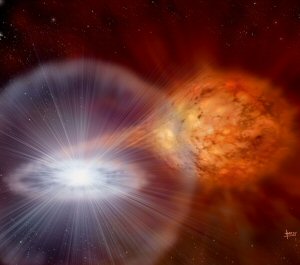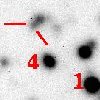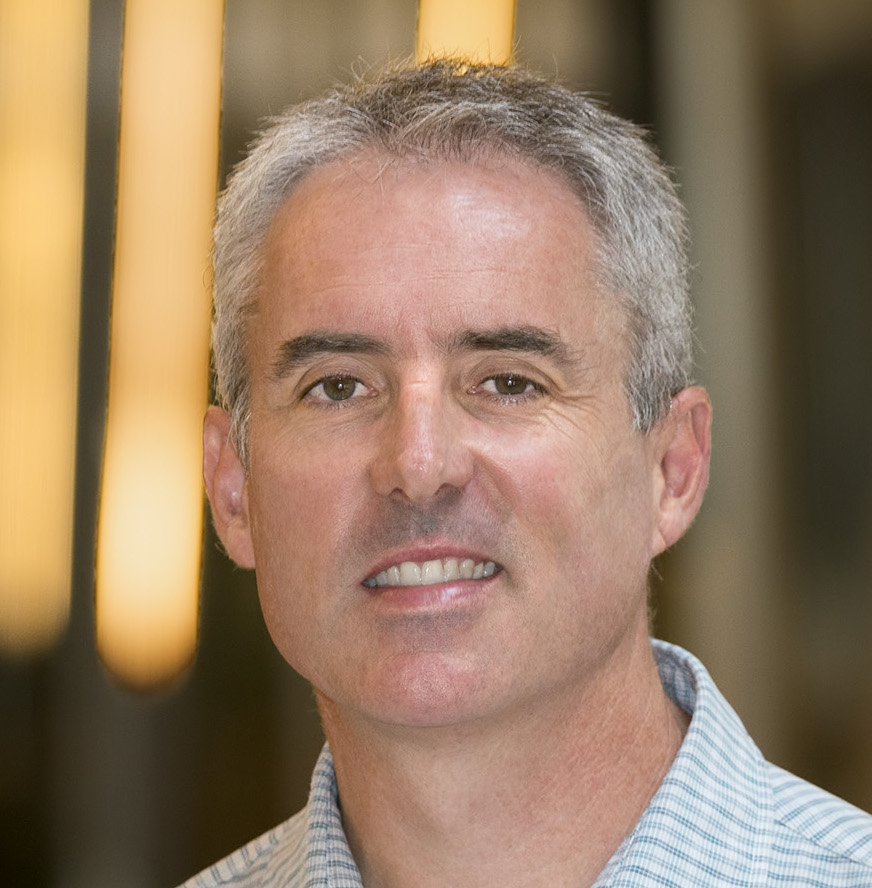Australia's partnership in the LSST
 The Large Synoptic Survey Telescope (LSST)
is a truly impressive instrument for the next decade. The 8.4m telescope will
illuminate a 3200 Mpix camera, and carry out a 10-year survey of the sky
expected to provide millions of transient alerts... every night.
Many astronomers in Australia are keen to get their hands on the data which
is expected to start flowing around 2023.
The Australian Science Lead,
Sarah Brough (UNSW) along with
Astronomy Australia Ltd.
is coordinating a joint national membership which would allow access to the
data for Australian astronomers, and this week my application to be one of the
Principal Investigators was approved!
Next step is to join one (or more) of the science groups and think about
all the fun we can have when the telescope comes on-line.
I'm also hoping to attend theaupcoming
LSST@Asia meeting in Sydney, 20—23 May 2019.
The Large Synoptic Survey Telescope (LSST)
is a truly impressive instrument for the next decade. The 8.4m telescope will
illuminate a 3200 Mpix camera, and carry out a 10-year survey of the sky
expected to provide millions of transient alerts... every night.
Many astronomers in Australia are keen to get their hands on the data which
is expected to start flowing around 2023.
The Australian Science Lead,
Sarah Brough (UNSW) along with
Astronomy Australia Ltd.
is coordinating a joint national membership which would allow access to the
data for Australian astronomers, and this week my application to be one of the
Principal Investigators was approved!
Next step is to join one (or more) of the science groups and think about
all the fun we can have when the telescope comes on-line.
I'm also hoping to attend theaupcoming
LSST@Asia meeting in Sydney, 20—23 May 2019.
Labels: 2018, /transients


 Some years ago I noticed a peculiar
Some years ago I noticed a peculiar

 A
bunch of us have been working on the X-ray data from a quite remarkable
transient, IGR J17473-2721, which went into a 6-month long outburst
beginning in 2008. The source went through some dramatic changes in the
burst behaviour, some of which we think we understand, but some of which
we don't. In particular at the beginning and the end of the outburst
completely different burst behaviour is observed at roughly the same
intensity (accretion rate). This effect may be due to the heating of the
neutron star core which has taken place during the outburst. Jerome's
paper is out now on astro-ph at
A
bunch of us have been working on the X-ray data from a quite remarkable
transient, IGR J17473-2721, which went into a 6-month long outburst
beginning in 2008. The source went through some dramatic changes in the
burst behaviour, some of which we think we understand, but some of which
we don't. In particular at the beginning and the end of the outburst
completely different burst behaviour is observed at roughly the same
intensity (accretion rate). This effect may be due to the heating of the
neutron star core which has taken place during the outburst. Jerome's
paper is out now on astro-ph at 


